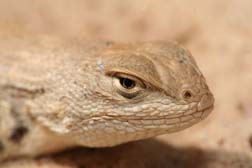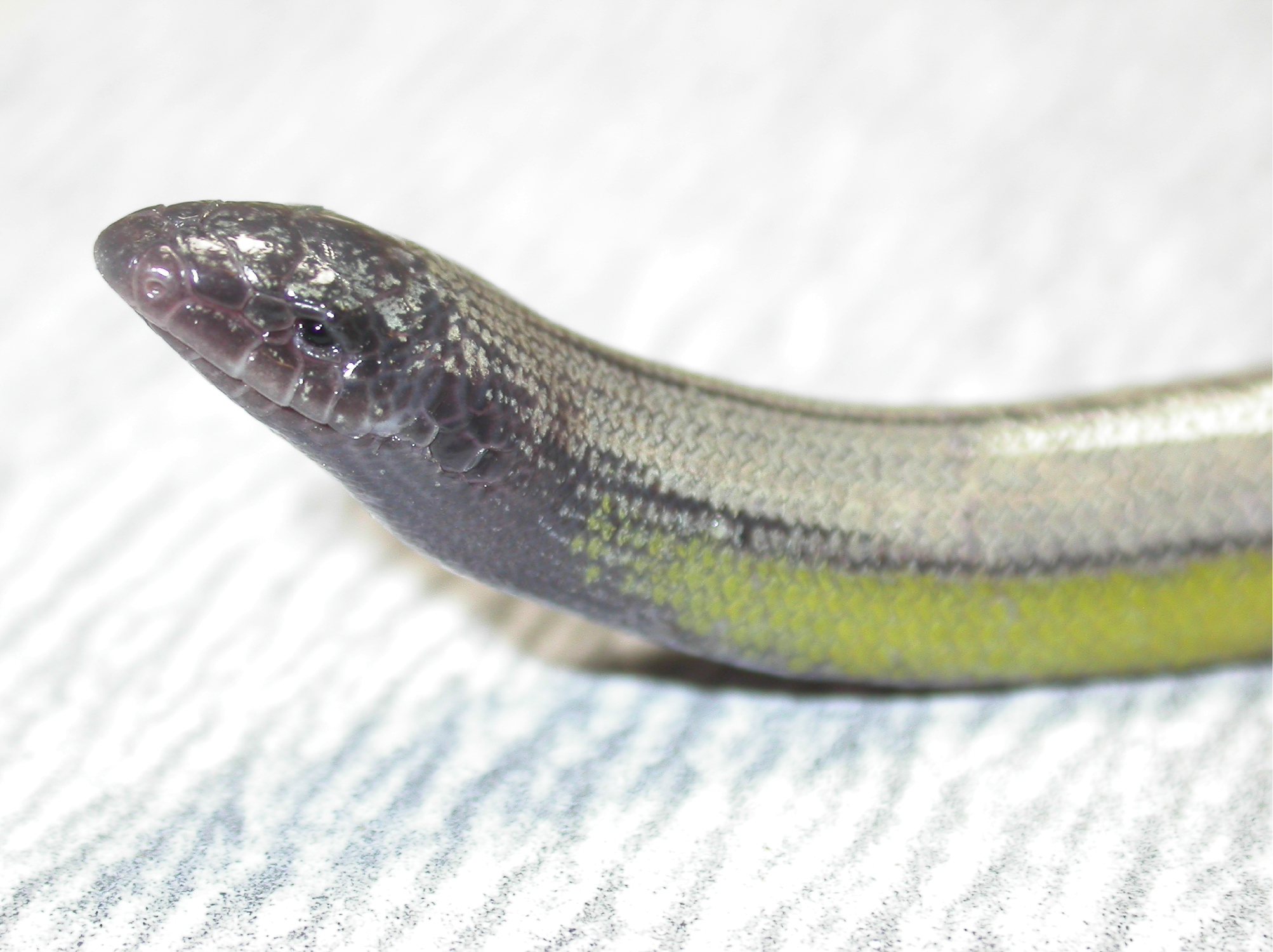 “Comptroller Susan Combs’ office, of course, knows doodly squat about lizards,” says a Houston Chronicle editorial on the dunes sagebrush lizard, federally listed as a threatened species. The problem is that the Texas state comptroller’s office is in charge of monitoring the lizard population to make sure the stipulations of a free-market habitat conservation plan are being obeyed.
“Comptroller Susan Combs’ office, of course, knows doodly squat about lizards,” says a Houston Chronicle editorial on the dunes sagebrush lizard, federally listed as a threatened species. The problem is that the Texas state comptroller’s office is in charge of monitoring the lizard population to make sure the stipulations of a free-market habitat conservation plan are being obeyed.
State law forbids the US Fish and Wildlife Service from so much as reviewing the state contractor’s paperwork, an August article in the Chronicle reported. Even stranger, the editorial reports, the comptroller’s office keeps the identities of the landowners participating in the habitat enhancement program a secret.
And of course, because this is Texas, the editorial mentions that independent oil producers are worried that the lobbyist group monitoring the lizards will favor large producers over the independents.
Read the whole editorial in the Houston Chronicle, here.
Read the news article about the lizard monitoring, in the Chronicle’s oil industry news section, here.
Photo: Dunes sagebrush lizard, courtesy USFWS

 Four new species of legless lizards have been discovered in California, joining the one species of legless lizard that was previously known in the state.
Four new species of legless lizards have been discovered in California, joining the one species of legless lizard that was previously known in the state.
